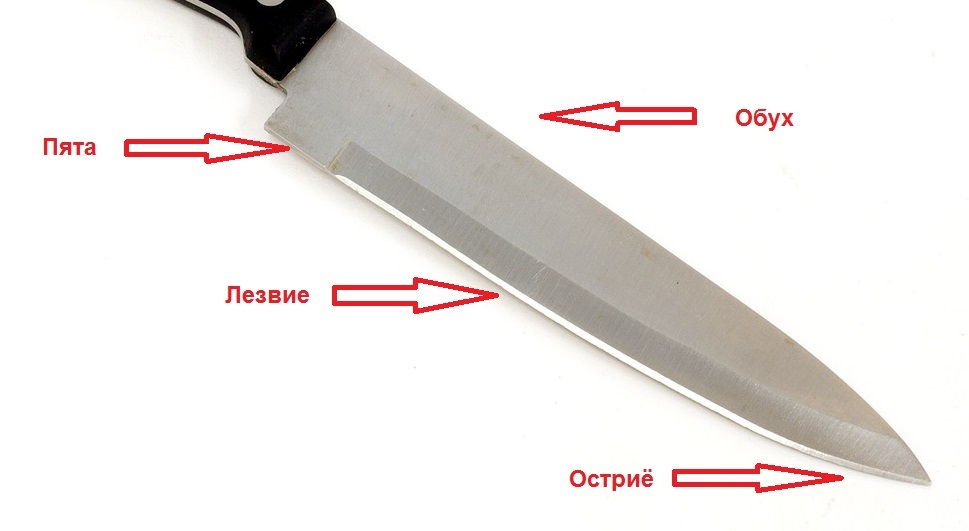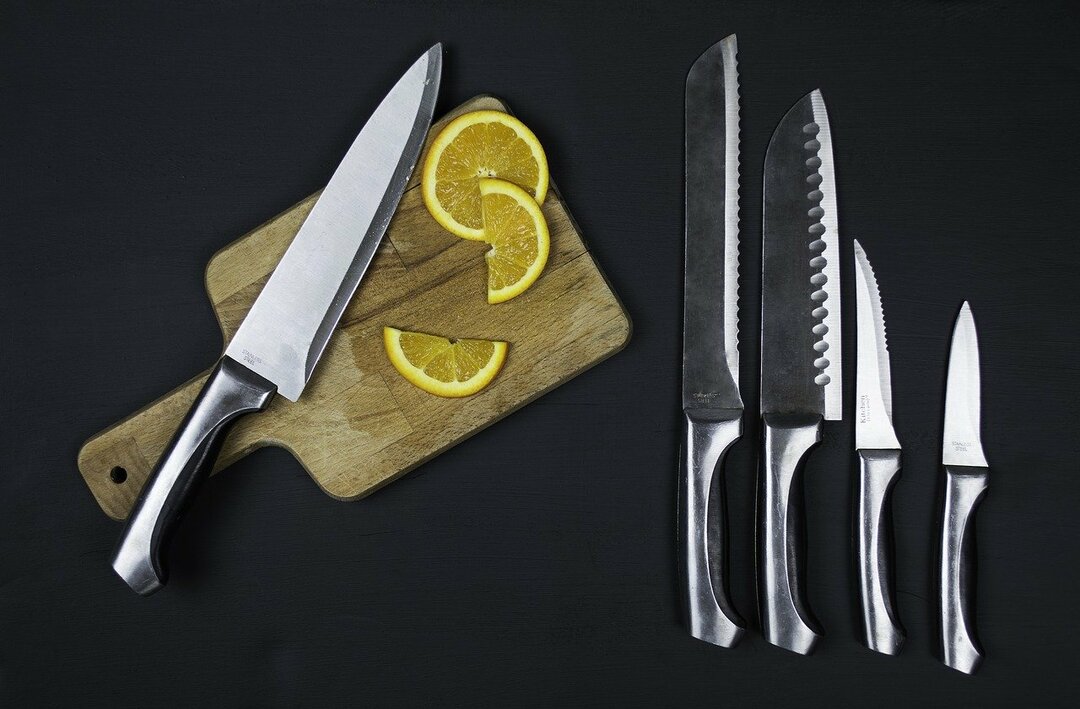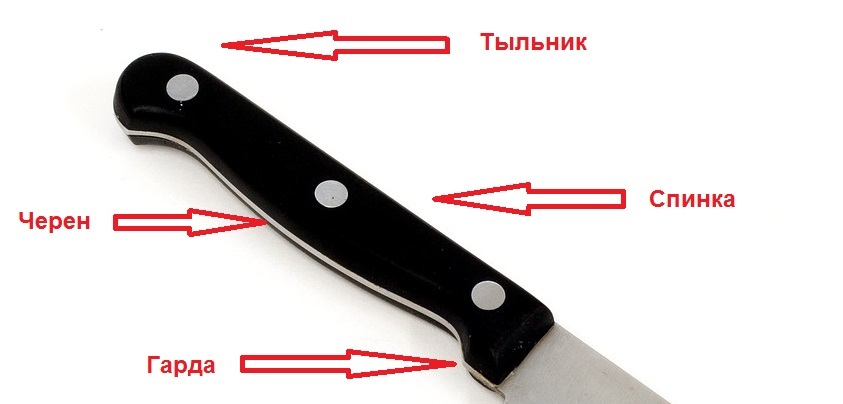When buying another kitchen knife in a store, we do not think about what parts it consists of. It seems that his device is elementary and does not require our attention. However, this is not entirely true, each of its elements has its own characteristics.

@Markus Spiske, Pixabay
Any knife, regardless of purpose, consists of 2 main parts:
- blade;
- handle.
Let's consider them in more detail.
The content of the article
- Blade structure
- What does the handle consist of
Blade structure
This is the working part, which is a steel (most often) strip. Sometimes blades for kitchen and table knives are made from ceramics or titanium alloys.

@nickfrom, Pixabay
The blade consists of the following elements:
- Blade - a sharpening area on the blade, where its sides come together. In the classic version, when it comes to a standard kitchen appliance, it is smooth. Such a blade is universal, and it is not difficult to sharpen it. It can also be sawtooth, for example on a meat knife. A high-quality blade is not only beautiful and practical, it cuts perfectly any products, however, it cannot be the same along the entire length of the blade, but tapers from the base to the sharp tip.
- Spearhead, or the tip of a knife. This is the thinnest part that can be centered (the blades on both sides of the blade converge at the point), lowered (the upper part of the blade is rounded, looks down), raised (the blade and edge are raised to the upper part blade).
- Butt - the part opposite to the blade. It is not sharpened. In addition, the shape of the butt can be any.
- Heel - the section of the blade that is adjacent to the handle. It does not sharpen and works to increase the stiffness of the knife, and also makes it more convenient to handle.

@Pexels, Pixabay
What does the handle consist of
First of all, how convenient the device will be in use depends on this structural part. The handle is made from different materials:
- wood;
- metal;
- plastic;
- rubber-plastic;
- birch bark;
- acrylic;
- leather.
There are several types of handles. So, in form, it happens:
- Conical. This handle expands forward or backward. It is considered to be as comfortable as possible.
- Oval. This shape is ideal for kitchen knives. When working with such a tool, the hand does not get tired for a long time.
- Straight. This shape is also often used in the manufacture of kitchen and table knives. The straight handle is devoid of any additional bends, due to which the device lies firmly in the hand while working with it.
The type of attachment distinguishes between rider and overhead handles. If in the first version the metal part is placed inside the handle and fixed there with a pommel or special glue, then the overhead mount type is a kind of tail that completely repeats the shape of the handle (overlays are attached to it on both sides). This is a kind of continuation of the blade.
It is believed that the rider mount is unreliable, since the blade can fly out of the handle with poor fixation. In the same time overhead mount makes the knife heavier, since the metal part is significantly larger in size. However, both options are quite popular among housewives, and you can choose the most suitable one if you try each of them in practice.
By the way! The standard handle length is 10-13 cm. The width is different and often depends on the size of the blade.

@nickfrom, Pixabay
The handle consists of the following elements:
- Garda. This is not to say that this part of the knife strictly refers to the blade or handle. She is an intermediate element between them, protecting the hand. By the way, in table knives, especially of an unusual graceful shape, the guard may be absent. Such devices are used only for cutting soft foods.
- Cheren - the very place for which we hold the knife (lower part of the handle). By the way, it is often called the abdomen.
- Back - the part opposite to the cut. This is the upper section of the handle, which is in line with the butt of the blade. The backrest on the table knives is smooth and even.
- Head, or the back is the part of the handle farthest from the working body. Often the head is decorated with metal or other materials.
Table and kitchen knives are not edged weapons, but a tool for cutting food. They are much simpler than hunting, throwing or tourist ones.

@Arek Socha, Pixabay
Appliances for daily use at home should, above all, be convenient for long-term operation, therefore, when choosing it is worth paying attention not to additional decorative elements, but to the metal of the blade (it must be strong and strong), sharpening blades.
It is also recommended to thoroughly examine the handle: the shape and material from which it is made. It is important that the knife is not heavy, does not slip in the hand, does not create tension in the hand during work, and cuts well. Only such a tool will become a real long-liver in any kitchen.
Subscribe to our Social Networks